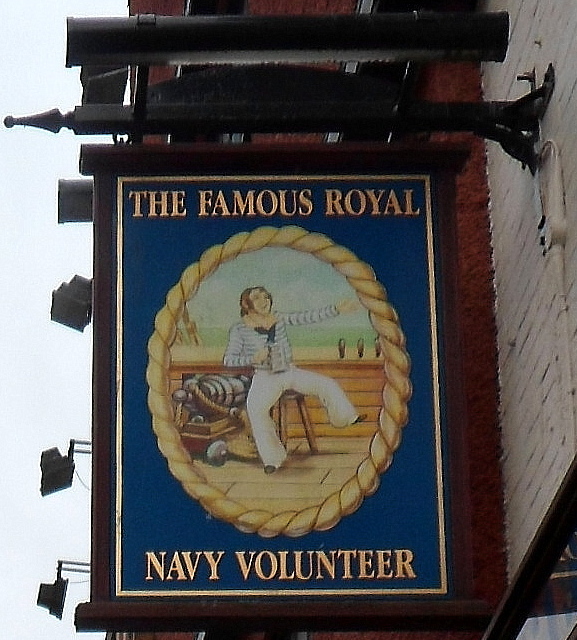Another one in Wareham
Eileen
Another one in Wareham
Eileen
Here is my follow up from our neck of the woods in Central Nottingham.
Born in Stapleford, Nottinghamshire, he was the son and heir of John Borlase Warren of Stapleford and Little Marlow. He entered Emmanuel College, Cambridge in 1769, but in 1771 entered the navy as an able seaman. In 1774 he became member of Parliament for Great Marlow; and in 1775 he was created a baronet, the baronetcy held by his ancestors, the Borlases, having become extinct in 1689.
Sir John Borlase Warren.
On the 12th of Dec. 1780 he married Caroline daughter of Lt.-Gen. Sir John Clavering. She died in 1839.
His career as a seaman really began in 1777, and two years later he obtained command of a ship. In April 1794, as Commodore of the frigate squadron off the north west French coast assisting in the blockade of Brest, Warren and his squadron captured a number of French frigates. In 1795, he commanded one of the two squadrons carrying troops for the Quiberon expedition and in 1796 his frigate squadron off Brest is said to have captured or destroyed 220 vessels. In October 1798, a French fleet — carrying 5,000 men — sailed from Brest intending to invade Ireland. The plan was frustrated in no small part due to the squadron under his command during the Action of 12 October 1798.
In 1802, he was sworn of the Privy Council and sent to St. Petersburg as ambassador extraordinary, but he did not forsake the sea. In 1806 he captured a large French warship, the Marengo, at the Action of 13 March 1806. He was commander-in-chief on the North American Station from 1807 to 1810. He became an admiral in 1810, and was commander-in-chief on this Station again from 1813 to 1814. While in Halifax he determined the late commander John Shortland's dog had been stolen from London and brought to Halifax. He had the dog returned to London to Shortland's widow. During the British invasion of Maryland in 1814, he led a detail of British troops that occupied Havre de Grace and set fire to much of the town, including the home of Commodore John Rodgers. He died on 27 February 1822. His two sons predeceased him. His daughter and heiress, Frances Maria (1784–1837), married George Venables-Vernon, 4th Baron Vernon. Their son was George Venables-Vernon, 5th Baron Vernon.
Memorial to Sir John Borlase Warren, 1st Baronet, in St. Mary's Church, Attenborough
There is a monument to him in St. Mary's Church, Attenborough in Nottinghamshire. A popular figure in the area of his birth, there are a number of pubs named after him in Nottingham and nearby towns.
Rob.
The Business of the commander-in-chief is first to bring an enemy fleet to battle on the most advantageous terms to himself, (I mean that of laying his ships close on board the enemy, as expeditiously as possible); and secondly to continue them there until the business is decided.
Another famous Bristol public house.

The Business of the commander-in-chief is first to bring an enemy fleet to battle on the most advantageous terms to himself, (I mean that of laying his ships close on board the enemy, as expeditiously as possible); and secondly to continue them there until the business is decided.
Bookmarks